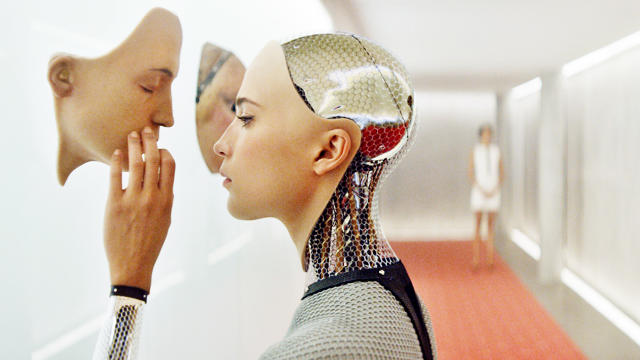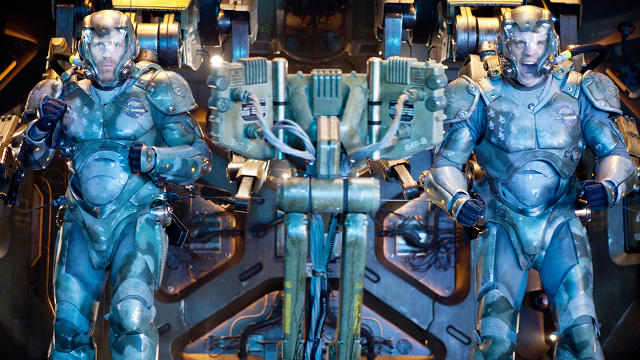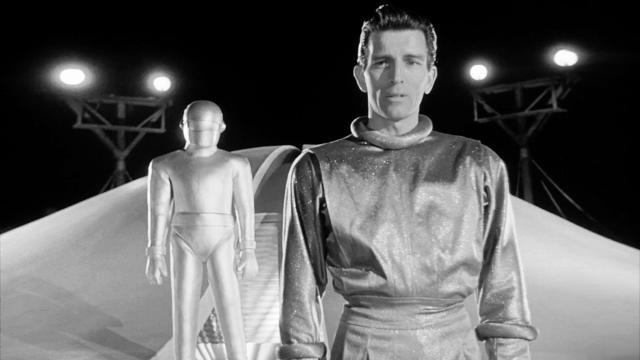There has been much written about the 80/20 rule and how it can be applied to different facets of our lives. At work, 20% of your time should be spent on passion projects. At home, ensure 20% of your time is spent doing the things that make you feel fulfilled. But what if we lived in a world where we could flip that equation, and instead spend 80% of our time on our passion, our creativity, and the things that drive our happiness?
The advent of artificial intelligence, for all its undeniable promise, has brought about a lot of fear. There is talk of many jobs, including creative jobs far from the factory line—writers, designers, even composers—being replaced by machines.
These fears aren’t just unfounded, but are in direct opposition to the gifts that AI will bring to creatives. There is still a lot of uncertainty around how AI will become integrated into our lives, but in the near future I believe it will allow us to flip that 80/20 formula into 20/80. Creatives and other professionals will become more productive and find more time for ideas and exploration as we allow machines to do 80% of the repetitive work that currently eats up our day. And, far from being replaced, creatives will find themselves of even greater value.

It Will Bring Our Designs To Life
There are many simple and repetitive tasks inside agencies that people spend a lot of time on, design being one of them. I’m not referencing the creative and strategic thinking that goes into design, rather the hours spent behind a desk executing these ideas. This is where AI will be of greatest use. Design is a series of rules that can be learned and improved upon over time. Teach a system to do this and full sites will be generated in minutes versus weeks or months. The AI systems being developed will eventually produce sites as good as many of the off-the-shelf platforms today—a huge time-saver for creatives.
Because your AI designer can learn over time and at scale, she will be able to crank out amazing designs based on individual preferences, content, location and more. Once human designers have taught the AI designer what we want to create and asked her to improve it, we will be free to focus on the next generation of digital designs and experiment with how consumers use different interfaces and devices. The humans will create progress, while machines execute on it.
This may seem farfetched, but a small company in San Francisco called The Grid already has a beta project in market that is doing this and more already.

It Will Feed Our Ideas
Can AI come up with ideas? Sure. There are computers writing books and symphonies as we speak. Problem is, they aren’t any good. The reason for this is that computers don’t understand emotion, or cultural relevance. They haven’t lived emotional lives, or been affected at their core by a piece of art or music, which is a prerequisite for creating something that connects with humans on a deeper level.
They also don’t have the ability to transcend the conceptual space, which hasn’t been mapped for them in any meaningful way. Humans understand concepts as they apply to the arts and creativity in a permeable way; they are able to break through the accepted rules of an art form (say, the structure of a sonata) in a way that leads to other related concepts and gives birth to new ways of thinking. Computers, on the other hand, cannot take the information they have about a type of music and use it to transcend the form. Which is to say, if it were up to computers, we never would have evolved from the blues to rock ‘n’ roll.
That doesn’t mean that AI can’t be incredibly important in the ideation and creative process. It can deliver insights that ignite ideas and take some of the guesswork out of how we should implement our strategies. With AI, we can see a bigger, clearer picture of what our culture looks like, and where the trends are pointing. However, it’s still up to us to translate that information creatively and connect the dots that will push our work forward.
It’s up to humans to bring a layer of creative thinking to AI that will create fun and innovative ideas, products, services, and other applications that don’t exist in the world today. Last year in London, M&C Saatchi launched an outdoor campaign where AI was used to write its own creative and select images for the ad based on the behavior of users near the digital billboard.

It Will Reshape Our Talent
As AI becomes a tool that both brands and agencies use, AI won’t replace creative. Instead, it will give rise to new types of creative and technology roles within the industry. Tech talent will begin to see that the advertising world is in fact a rich playground for creatives of all types. AI will redefine who and what a creative is, what skills they have, and the breadth of what they can produce—a great thing for graduates currently boxed out of the industry.
In recent years, Deutsch’s creative group has morphed to include developers, experience designers, and digital and motion designers. Where once everyone might have stayed in their lane, art directors and writers now partner with developers and UX designers to use AI to build their ideas and create prototypes that wouldn’t have been possible a few years ago. Different skill sets will combine to allow novel uses for AI, and foster a new kind of teamwork across disciplines. When one of Deutsch’s copywriter and art director teams came up with a concept for an AI racing game for Volkswagen, they partnered with one of our developers to build on the idea and make a prototype, and then with a wider team to design and make the full experience. The idea became VW’s Unleash your Rrrr site, one of our best pieces of work for the client last year.
Perhaps in some ways, it’s too bad that AI won’t replace us all in a way that allows us to kick back on a beach somewhere while the computers run the show back in the city. But a future where we have more time and more insights to feed our exploration and creativity can only be a good thing.
Trevor O’Brien is a partner and chief technology officer at Deutsch, New York.
Fast Company , Read Full Story
(26)